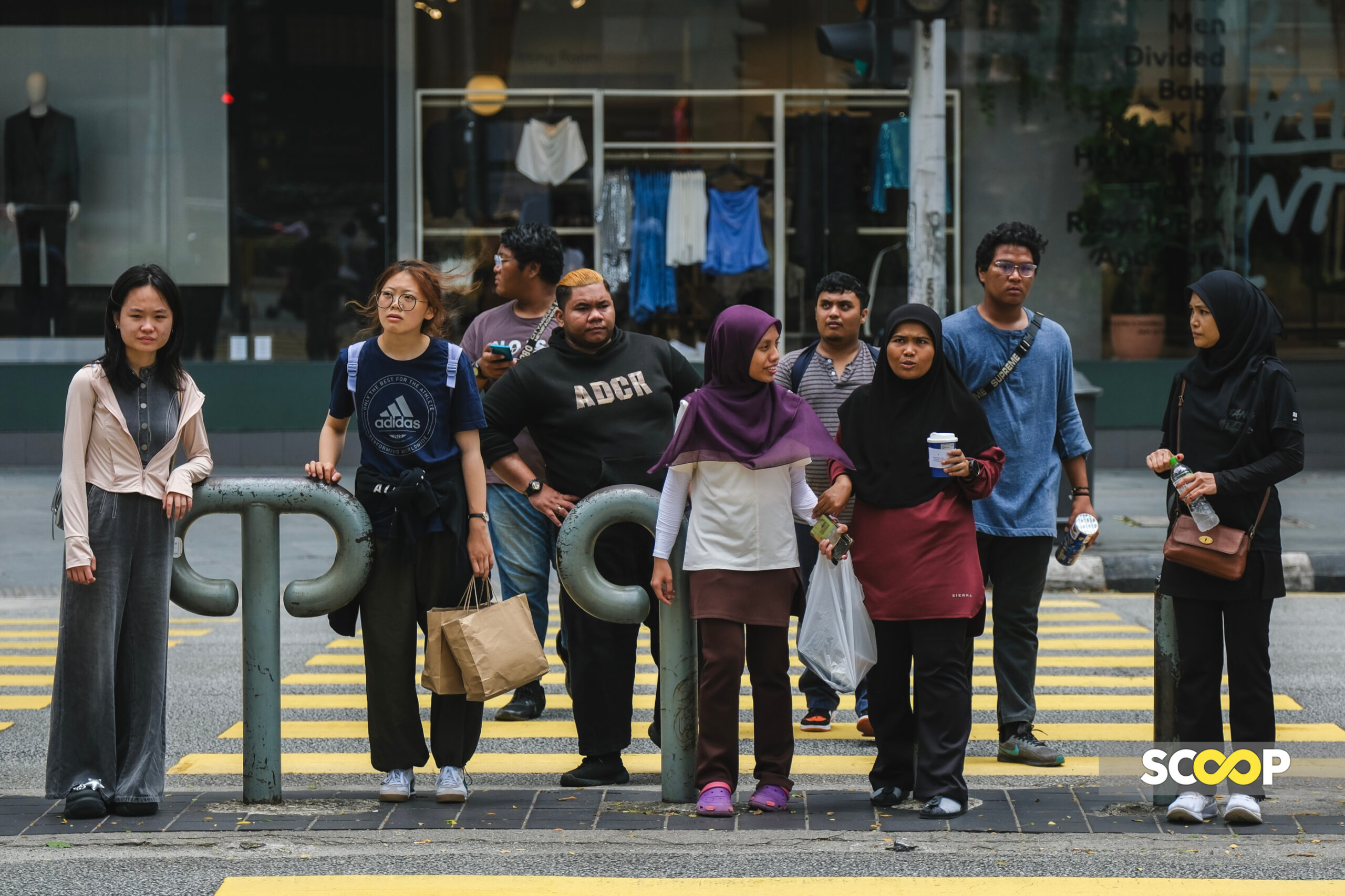KUALA LUMPUR – With rising living costs, an undervalued ringgit and the government’s ongoing cuts to fuel subsidies, the financial landscape for Malaysia’s youth appears to be daunting.
Facing an increasingly challenging economy, young Malaysians are forced to confront financial hurdles threatening their economic stability and personal fulfilment.
In response, Malaysian youth are demonstrating remarkable ingenuity in managing expenses and securing their financial futures.
Syafienaz Mas Alieya, a 22-year-old biomedical science student, prioritises essential expenses such as bills, which account for about 40% of her budget.

“Mostly my bills like phone, fuel and others take about 40% of my money,” she explained. “But any extra goes to food (as I like eating out), make-up and clothes.”
In 2023, the Statistics Department revealed that 35% of workers earned less than RM2,000 a month. The median wage sees little growth with age, starting at RM1,500 for those under 20 and peaking at RM3,500 for those aged 45 to 49.
The Insolvency Department reports that between 2014 and May 2023, 31,140 youths aged 35 and below had been declared bankrupt.
To manage her finances, Syafienaz uses her own earnings for bills, while pocket money from her parents covers eating out. She ensures she saves at least 10% of her earnings before spending.
Although Syafienaz finds her funds adequate for her needs, she acknowledges her tendency to be a “big spender”. Her spending habits remain consistent, whether using her earnings or pocket money, focusing on necessary expenses with occasional self-treats.

Sara Latif, a 21-year-old strategic communication student, also faces financial challenges. Sharing a co-living space with friends, her top priorities are food, transportation, second-hand clothes and other random items.
She supports her spending through part-time work, with her parents covering her rent. Rising prices make it difficult for Sara to keep up, and she admits to being more frugal with her own money, preferring to spend her parents’ money when possible.
“I get really stingy with my own money and would rather use my parents’ whenever I’m with them,” she confesses.
Sara follows the 50-30-20 budgeting method, saving 50%, spending 30% on needs and reserving 20% for wants. Reflecting on generational differences, she notes that while accessibility has increased, so have prices.
“Back then, things were cheap but not easily accessible. Now, we have everything, but at a steeper price,” she says.
The financial literacy of Malaysian youth is a growing concern. Only 25% of the students surveyed could answer four to five questions correctly, indicating a low level of financial knowledge. This aligns with findings by the Securities Commission in 2022 that Malaysian youths aged 18-40 generally exhibit poor financial literacy.
Rajveer Singh, a 24-year-old entrepreneur, spends his money on daily needs such as food, drinks and clothes, as well as on his business to generate more income.

“I rely on my earnings for my expenses, needs and wants, as it has been quite some time since I received pocket money from my parents,” Rajveer says.
Grateful for his earnings and savings, Rajveer always strives to earn more.
“I am grateful for how much I earn each month and for how much I save, but in this world, we always want more, and I always try to earn as much as I can.”
His spending habits are focused on necessities, guided by his father’s advice to save money and practice self-control.
Rajveer finds saving more straightforward than spending, motivated by watching his bank account balance grow.
“I have this mindset that if I save as much as I can now and work hard, I can have an easy life in the future without any worries,” he said. – July 21, 2024


